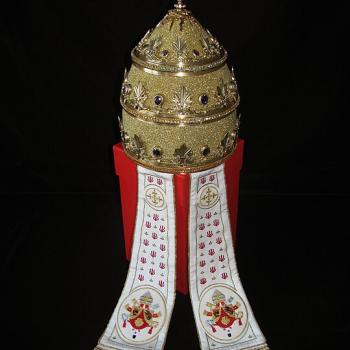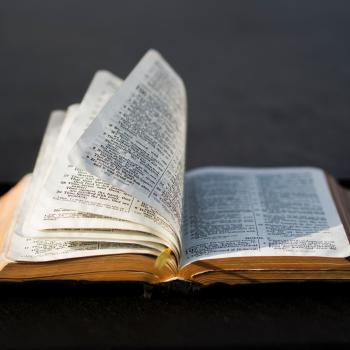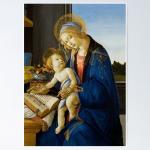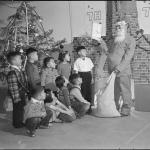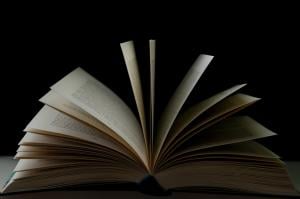
Many books have looked to address and hold a mirror to humanity’s struggles with consumerism. Perhaps none have addressed it as creatively as How Much Land Does a Man Need by Leo Tolstoy. Though a lesser celebrated work of Tolstoy, this book creatively portrays the timeliness and insatiable consumerism we often have at play in our lives and our relationships with our possessions. This 2010 release of How Much Land Does a Man Need was translated by Boris Dralyuk and published by Calypso Editions, and features both Russian and English text. As a read, How Much Land Does a Man Need is a short reflective parable that became a classic book, and though it was first released in 1886, might be more timely than ever.
Though this translation from Calypso Editions is not one of the most popular translations of How Much Land Does A Man Need, Boris Dralyuk stays faithful to Tolstoy’s literature quirks and bends. Translator Dralyuk shares that the reason he was involved in this translation of How Much Land Does A Man Need is because of the way it presently and prophetically speaks to our world and seasons that have become “marred both environmentally and economically by the consequences of unbridled greed.” Our insatiable quest to consume in search of bigger and better contentment and fulfillment has left the created world around us ravishingly defaced and people groups violently oppressed.
About this Translation.
In his attempt to accurately translate Tolstoy for a modern era, Boris Dralyuk shares that his goal was “to recreate Tolstoy’s idiosyncratic voice with as much faith and color as possible.” The illustrative narrative color, beauty, and shock can often be lost in translation. In light of that, Dralyuk mentions that he had hoped to capture the “subtly modulated version of what the Russians call skaz,” a written narrative art that imitates a spontaneous oral account in its use of dialect, slang, and the peculiar idiom of that persona, which was a technique certainly utilized by Leo Tolstoy in this tale. Dralyuk explains that he sees Tolstoy’s work in this book as “a sermon fable,” that uses words in an artful way to “drive the moral home” and I appreciated that take and found no better description of this book.
The Overarching Story.
Tolstoy’s story opens with two sisters who gather for a reunion in the rural agricultural countryside. One sister is from the city, and the other is from the country, and though they share a similar upbringing they have two very different ways of life. In sisterly rivalry fashion, the sisters begin to engage in a combative debate about which of their lives is the most fulfilling based on their way of life. Though this debate is nothing more than a heated friendly sibling rivalry, the passionate and shocking conversation is heard by the husband of the rural sister. Overhearing this conversation at first reaffirms him that he does have a better way of life, but it also creates in him a desire to achieve and accomplish more to find a greater sense of contentment. Pakhom, the husband, is convinced that the only lack or grief that he has in life is that they have too little land, and acquiring more land would create such contentment and satisfaction for him and his family. That contentment and satisfaction that comes with having more land, he believes, would result in him not having any fear in life, not even of the devil.
“We only have one grief – too little land! If I had plenty of land, I’d fear no one – not the devil himself!” – Pakhom, How Much Land Does A Man Need
This discontent, pride, and lust is overheard by the devil who says, “I’ll give you lots of land. And it’s the land [that] I’ll take you with.” The book follows the journey of Pakhom as he finds himself in an everlasting struggle for more until the land is what takes him. That journey for more enlists his complete self as he pursues land that is bigger, better, more beautiful, and fruitful. Though his lust for more becomes notable to the reader, Pakhom is lost in his human condition and ignores prophetic dreams and every logical warning as he puts on the back burner what good he does have, including his family. This is a reminder to you and me, those in a Western Context, that live in a society that sees achievement as success. As one might imagine, the bold and blinding greed becomes the end of Pakhom, and the story ends with the harrowing truth that now he lies dead. His pursuit of land throughout the years resulted in nothing except enough land to produce a grave.
About Tolstoy As An Author
Leo Tolstoy is a classic and renowned author, philosopher, and pacifist. He is considered to be among the greatest Russian authors, but also one of the most renowned authors of all time. Tolstoy is most known for his defining work, War and Peace, which like many I have yet to finish. Though a brilliant thinker, Tolstoy was driven into a panicked state and existential despair during the highlight of his career. In this search for meaning in what seemed to be a pointless death, Tolstoy (from a Russian family of nobility) was reportedly drawn to the faith of the everyday people around him. Returning to the Russian Orthodox Church in which he was born, Tolstoy becomes disillusioned with the practices of religion. Though embracing Jesus and his teachings at some level, he was convinced that all Christian churches had somehow falsified what he saw to be true Christianity. True Christianity for Tolstoy was merely moral and ethical. As a result of his disillusionment, Tolstoy defines his faith on his own terms, integrating what he wanted from Christianity, and this resulted in him becoming excommunicated from the Russian Orthodox Church. Simply put, Tolstoy merely saw Jesus as a man who represented a truer form of life in which we should all pursue and experience. The tenets of Tolstoy’s faith were around not being angry, not giving into lust, not taking oaths, not resisting evil, and loving your enemies.
The Influence of Tolstoy
Though Tolstoy lost the divinity of Jesus in his understanding, his struggles with the overreaching religious institutions of his day cannot be ignored, and some of what he pushes out prophetically and theologically is a deeply reflective work on the life and teachings of Jesus that must be considered. Additionally, some of Tolstoy’s teachings on these matters of faith would give inspirational pillars to Mahatma Gandhi, Martin Luther King Jr., and countless others. I have found Tolstoy to be read by as many theologians as philosophers. Though his influence spanned the globe, his increasingly radical faith and existential despair deeply affected his marriage and family life. His own contradictions that existed between the way he lived and what he wrote he believed, would be his downfall as it put him on the run, and then lead to his death.
A Prophetic Witness of a Read
This book is an essential read for those who enjoy classic works, but even more, it is an essential read for those who are looking for a prophetic witness of a read on the way the insatiable consumeristic pursuit of humanity will drive us to our end. It is undeniable that Tolstoy creatively plays with the mind through this short read, all while addressing and holding a mirror to humanity’s struggles with consumerism. Readers, regardless if you are a follower of Jesus, a humanist, and/or anything else, I invite you to wrestle with this sermon fable that hauntedly causes us to reflect on our own conscious and unconscious pursuits and intentions. I certainly also invite you to wrestle with what Jesus has to say about this topic as well. In life, the lustful need for more is a battle that rages in all our minds and souls, and in How Much Land Does A Man Need Tolstoy holds up a mirror for us in a way that inspires us to pursue a life of downward mobility, rather than personal fulfillment.




